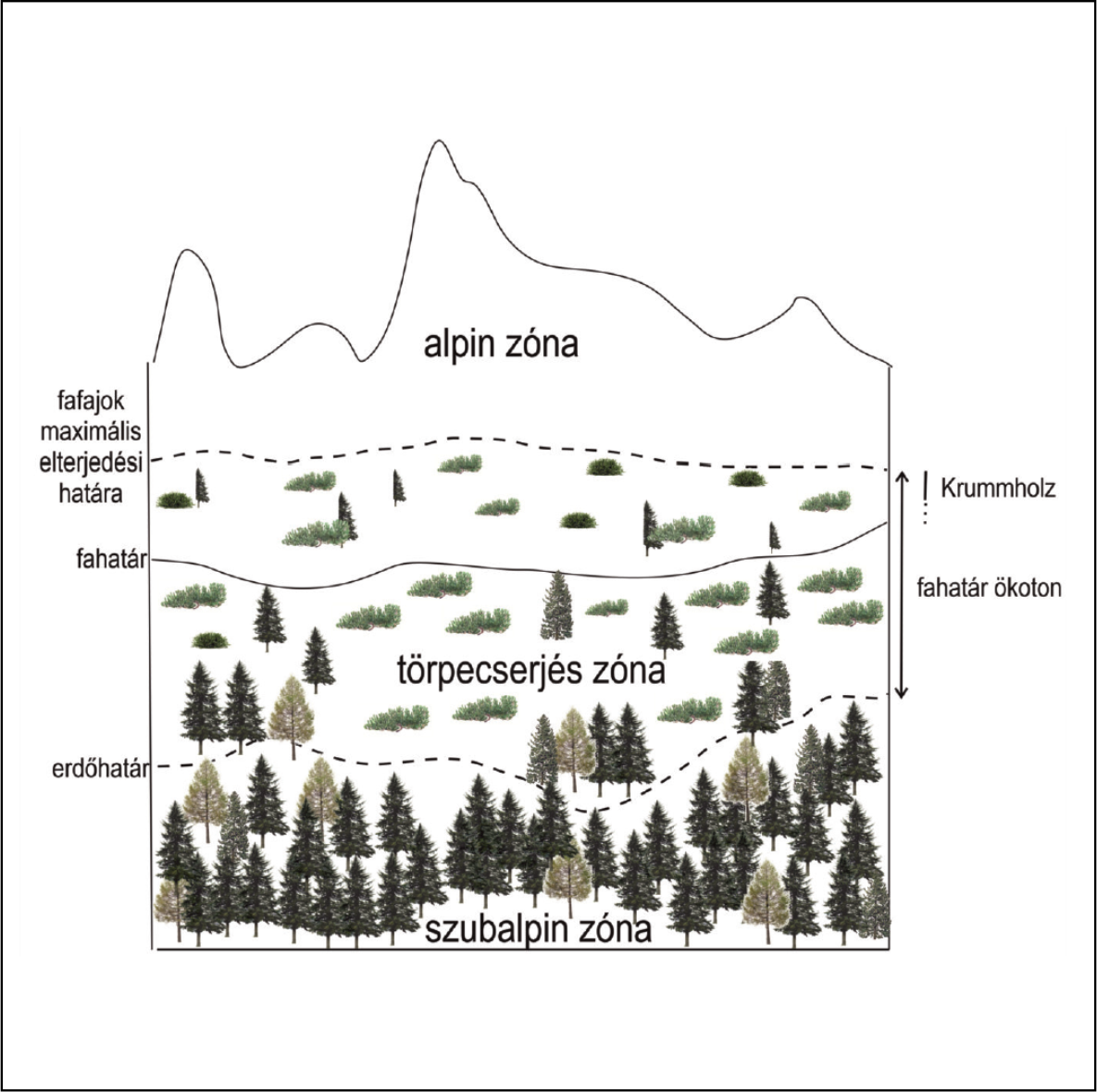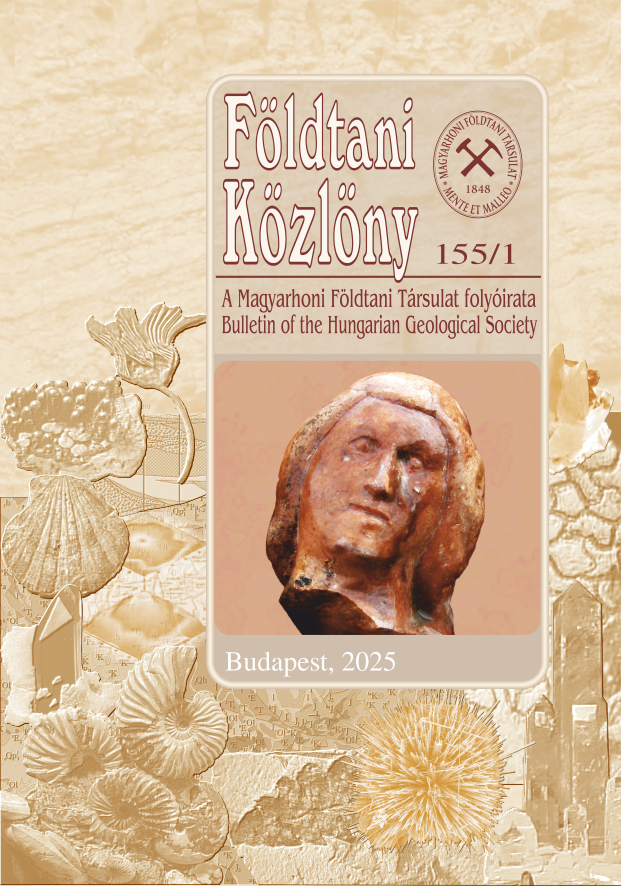Treeline and timberline changes in the Southern Carpathians during the Late Glacial and Early Holocene: rapid warming, early forest expansion and the attenuated effect of the Young Dryas stadial
Abstract
Plant macrofossil and pollen analyses were carried out on the Late Glacial and Early Holocene sediments of a high-mountain lake (Lake Latorița or Iezerul Latorița, 1530 m) in the Parâng Mountains (Munții Parâng, Southern Carpathians) to determine the response of treeline, timberline and subalpine vegetation to climate change. In the Lake Latorița watershed there was scattered or no vegetation cover following glacial retreat, between 15 510–14 765 cal years BP years (end of Greenland Stadial 2 (GS-2)), suggesting that timberline position was at lower elevations than the lake. In the subsequent Greenland Interstadial (GI)1 phase (14 765–13 340 cal BP based on our age model) we reconstructed the expansion of boreal open forest and the formation of the treeline ecotone zone around the lake characterized by a mixture of dwarf pine, spruce, and larch (Pinus mugo–Picea abies–Larix decidua). The treeline gradually increased in altitude, with a high intensity forest fire occurred around the lake, extending into its catchment area at the end of GI-1 (13 340–12 930 cal years BP). The Younger Dryas cooling is estimated by the current age model to have occurred between 12 930 and 11 995 cal years BP. It led to a decrease in organic productivity in the lake, but our data suggest that the cooling had only a minor effect on the vegetation of the watershed. The most significant change was the emergence and advance of Pinus cembra. During the Early Holocene (between 11 995 and 11 300 cal BP), the treeline and timberline rose steadily, the tree cover increased and further diversified with the appearance of downy birch (Betula pubescens). We reconstruct open forest composed of Norway spruce (P. abies), European larch (L. decidua) and dwarf pine (P. mugo) around the lake. The rapidity of the lateglacial forest expansion is indicative of near-refugial populations of conifer tree and shrub species and confirms the results from other lake records in the Retezat Mountains of the South Carpathians, where Young Dryas cooling reduced the growing degree day sums (GDD5) only slightly (in contrast to Western Europe). Climate change gave a competitive advantage to arolla pine (P. cembra) in the subalpine zone of the South Carpathians, which then spread into the treeline ecotone zone. During the Early Holocene warming larch became widespread in the subalpine zone of the South Carpathians in a more continental climate than today.
















